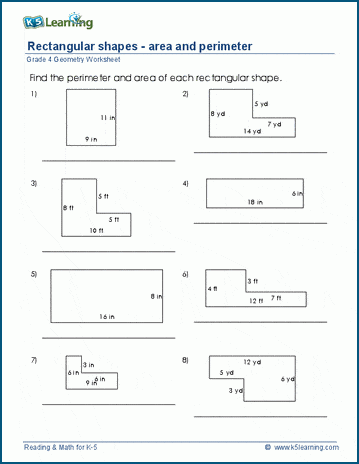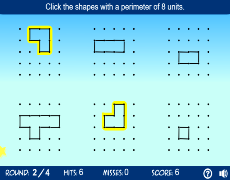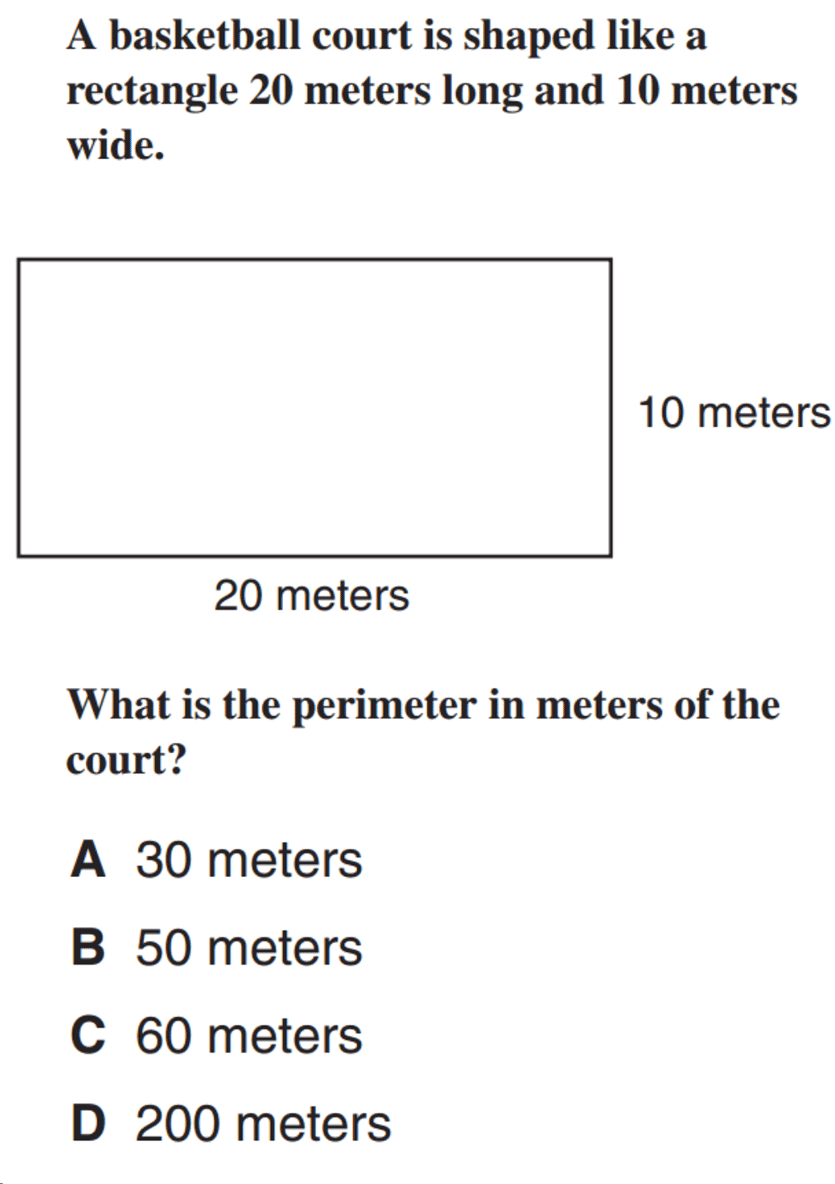Topic semicircle perimeter calculator: Discover the easiest way to calculate the perimeter of a semicircle with our Semicircle Perimeter Calculator. This tool simplifies the process, providing accurate results instantly. Perfect for students, teachers, and professionals, our calculator uses the formula \( P = \pi r + 2r \) to give you quick and precise answers. Try it now and make your calculations effortless!
Table of Content
- Semicircle Perimeter Calculator
- Introduction
- 1. Importance
- 2. How to Use a Semicircle Perimeter Calculator
- 3. Formula
- 4. Examples
- 5. Frequently Asked Questions (FAQs)
- 6. Applications in Architecture and Design
- 7. Educational Value
- 8. Precision in Construction
- 9. Customization and Integration
- 10. Related Calculators and Tools
- YOUTUBE: Video hướng dẫn cách tính chu vi của một nửa hình tròn kết hợp với hình vuông, phù hợp cho các dự án kiến trúc và học tập.
Semicircle Perimeter Calculator
The semicircle perimeter calculator is a useful tool for determining the perimeter of a semicircle based on its radius. The perimeter of a semicircle includes the curved edge and the straight edge (the diameter).
Formula for Semicircle Perimeter
The formula to calculate the perimeter of a semicircle is given by:
\[ P = \pi r + 2r \]
Where:
- \( P \) = Perimeter of the semicircle
- \( r \) = Radius of the semicircle
- \( \pi \) ≈ 3.14159
How to Use the Calculator
- Enter the radius of the semicircle in the input field.
- Click the "Calculate" button to compute the perimeter.
- The result will display the perimeter of the semicircle.
Example Calculation
Let's find the perimeter of a semicircle with a radius of 5 units:
\[ P = \pi \times 5 + 2 \times 5 \]
After calculation:
\[ P ≈ 3.14159 \times 5 + 2 \times 5 \]
\[ P ≈ 15.707 + 10 \]
\[ P ≈ 25.707 \text{ units} \]
Frequently Asked Questions
Why do I need a Semicircle Perimeter Calculator?
This calculator simplifies the process of calculating the perimeter of a semicircle, saving time and reducing the possibility of errors.
Is the value of \( \pi \) accurate?
The value used for \( \pi \) is an approximation (3.14159). For most calculations, this level of precision is sufficient, but more precise values can be used if necessary.
Can I customize the calculator?
Yes, you can modify the HTML and CSS code to match your website’s design and requirements.
Conclusion
Integrating a semicircle perimeter calculator into your website can provide users with a quick and accurate way to determine the perimeter of a semicircle. It is a practical tool for both educational purposes and practical applications in various fields.
Related Calculators

READ MORE:
Introduction
A semicircle perimeter calculator is a useful tool for quickly determining the perimeter of a semicircle. The perimeter of a semicircle is the sum of its curved boundary (half the circumference of a full circle) and its diameter. This calculator simplifies the process, allowing users to enter the radius and instantly get the perimeter value.
To find the perimeter of a semicircle, use the formula:
\[ \text{Perimeter} = \pi r + 2r \]
Where \( \pi \) is approximately 3.14159 and \( r \) is the radius of the semicircle.
- Input the radius of the semicircle.
- Apply the formula: \( \text{Perimeter} = \pi r + 2r \).
- Calculate to find the perimeter.
For example, if the radius is 5 units, the perimeter is calculated as follows:
\[ \text{Perimeter} = (\pi \times 5) + (2 \times 5) = 15.71 + 10 = 25.71 \text{ units} \]
This method ensures accurate results and saves time compared to manual calculations.
1. Importance
Understanding the perimeter of a semicircle is crucial for various practical applications in fields such as architecture, engineering, and construction. This knowledge helps in designing structures, calculating materials needed, and ensuring accurate measurements.
- Architectural Design: Accurate perimeter calculations are essential for designing arches, bridges, and other curved structures.
- Engineering Applications: Engineers often require precise perimeter measurements for components that incorporate semicircular shapes, ensuring proper fit and function.
- Construction Projects: Builders use perimeter calculations to determine the amount of materials needed, reducing waste and cost.
- Educational Value: Learning to calculate the perimeter of a semicircle enhances mathematical skills and understanding of geometric principles.
Overall, the ability to calculate the perimeter of a semicircle efficiently and accurately is a valuable skill that supports numerous professional and academic endeavors.
2. How to Use a Semicircle Perimeter Calculator
Using a semicircle perimeter calculator is a straightforward and efficient way to determine the perimeter of a semicircle. Follow these steps for accurate results:
- Input the Radius (r): Enter the radius of the semicircle into the designated field in the calculator. The radius is the distance from the center of the semicircle to any point on its curved edge.
- Click Calculate: After inputting the radius, click the "Calculate" button. The calculator will use the formula \( \pi r + 2r \) to determine the perimeter. This formula adds the length of the curved part (half the circumference) and the diameter of the semicircle.
- Review the Results: The perimeter of the semicircle will be displayed. Ensure that the units of measurement for the radius are consistent to get an accurate perimeter measurement.
This tool is especially useful for students, architects, designers, and engineers who need quick and precise calculations without manual computations.
3. Formula
The perimeter of a semicircle is calculated by summing the length of the curved part (half the circumference of the full circle) and the diameter. To find this perimeter, you can use the following formula:
- Identify the radius (r) of the semicircle.
- Apply the formula: \(\text{Perimeter} = \pi r + 2r\).
In this formula:
- \(\pi\) is a constant (approximately 3.14159).
- r is the radius of the semicircle.
Thus, the perimeter is the sum of the half-circumference \(\pi r\) and the diameter \(2r\).
| Radius (r) | Perimeter Calculation | Perimeter (units) |
|---|---|---|
| 5 | \(\pi \times 5 + 2 \times 5 = 15.71 + 10\) | 25.71 |
| 7 | \(\pi \times 7 + 2 \times 7 = 21.98 + 14\) | 35.98 |
| 12 | \(\pi \times 12 + 2 \times 12 = 37.70 + 24\) | 61.70 |
This straightforward formula helps in quickly determining the perimeter of a semicircle, which is useful in various practical and educational scenarios.
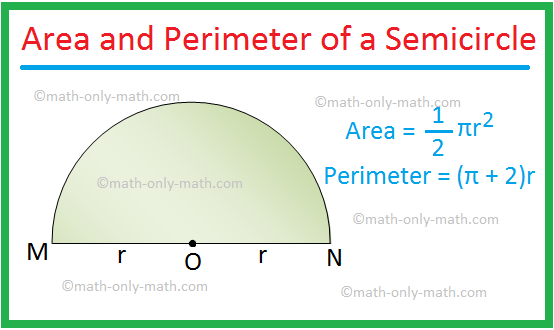
4. Examples
Using a semicircle perimeter calculator is straightforward. Here are some examples to illustrate its usage:
-
Example 1: Find the perimeter of a semicircle with a radius of 5 units.
- Formula: \( P = \pi r + 2r \)
- Calculation: \( P = \pi \times 5 + 2 \times 5 \)
- Result: \( P = 15.707 + 10 = 25.707 \) units
-
Example 2: Find the perimeter of a semicircle with a radius of 7 units.
- Formula: \( P = \pi r + 2r \)
- Calculation: \( P = \pi \times 7 + 2 \times 7 \)
- Result: \( P = 21.98 + 14 = 35.98 \) units
-
Example 3: Find the perimeter of a semicircle with a radius of 12 units.
- Formula: \( P = \pi r + 2r \)
- Calculation: \( P = \pi \times 12 + 2 \times 12 \)
- Result: \( P = 37.68 + 24 = 61.68 \) units
5. Frequently Asked Questions (FAQs)
Below are some common questions and answers related to using a semicircle perimeter calculator:
- Q: Can the Semicircle Calculator handle decimal values for the radius?
A: Absolutely! The calculator accommodates both whole numbers and decimals for precise calculations.
- Q: Is the arc length the same as the circumference of a full circle?
A: No, the arc length is half of the circumference in a full circle.
- Q: Is the calculator compatible with mobile devices?
A: Yes, the Semicircle Calculator is optimized for both desktop and mobile use.
- Q: How do I interpret the arc length in real-world scenarios?
A: The arc length represents the distance along the curved edge of the semicircle.
- Q: Can the calculator handle semicircles with varying radii within a single calculation?
A: No, the calculator is designed for a single radius at a time. For varying radii, separate calculations are needed.
- Q: In what scenarios would someone need to find the perimeter of a semicircle?
A: Perimeter is useful in scenarios like constructing fences, determining material requirements for curved structures, or calculating the length of pathways following semicircular contours.
- Q: What are some practical examples where knowing the area of a semicircle is essential?
A: Knowing the area is crucial in scenarios like estimating the space required for half-circular tiles, determining material quantities for semicircular roofs, or understanding the footprint of semicircular structures.
6. Applications in Architecture and Design
Semicircle perimeter calculators are invaluable tools in architecture and design due to their ability to provide accurate measurements and facilitate complex geometric calculations. Below are some of the primary applications:
- Curved Structures:
Architects often incorporate curved elements such as arches and domes into their designs. The perimeter of these semicircular components needs to be accurately calculated to ensure the structural integrity and aesthetic appeal of the building. Using a semicircle perimeter calculator helps in determining the exact measurements required for these elements.
- Landscape Design:
In landscape architecture, semicircles are frequently used in the design of pathways, garden beds, and water features. Calculating the perimeter helps in planning the layout, ensuring that the design is both functional and visually pleasing. For instance, determining the perimeter of a semicircular garden bed allows for precise placement of plants and other decorative elements.
- Interior Design:
Interior designers use semicircle shapes in various elements such as furniture, decorative pieces, and room layouts. Knowing the perimeter is essential for creating harmonious and balanced designs. For example, a semicircular table's perimeter must be calculated to ensure it fits perfectly in a designated space.
- Architectural Elements:
Semicircular designs are prominent in classical and modern architecture, particularly in windows, doors, and colonnades. Accurate perimeter calculations are crucial for manufacturing and installing these elements, ensuring they fit seamlessly within the overall structure. A semicircle perimeter calculator aids in achieving precision in these architectural details.
- Structural Engineering:
In structural engineering, the perimeter of semicircular components is necessary for calculating materials needed and for ensuring the stability of structures such as bridges and tunnels. The calculator provides precise measurements, which are critical for safety and efficiency in construction projects.
By leveraging semicircle perimeter calculators, professionals in architecture and design can achieve greater accuracy, efficiency, and creativity in their projects. These tools support the creation of innovative and structurally sound designs, enhancing both the functionality and beauty of architectural and design work.
7. Educational Value
The semicircle perimeter calculator is a valuable educational tool for students learning geometry. It provides practical applications of mathematical concepts and enhances understanding through interactive learning. Here are several ways it contributes to education:
-
Understanding Geometry: By using the calculator, students can see the real-time application of geometric formulas. This reinforces their understanding of how to calculate the perimeter of a semicircle using the formula \( P = \pi r + 2r \), where \( r \) is the radius.
-
Interactive Learning: The calculator allows students to input different values for the radius and observe how changes affect the perimeter. This interactive approach makes learning more engaging and helps students grasp the relationship between the radius and the perimeter.
-
Visual Learning: Many calculators offer graphical representations of the semicircle, which can help visual learners better understand the shape and its properties. Seeing the semicircle and its calculated perimeter helps in visualizing the mathematical concepts involved.
-
Practical Examples: Teachers can use the calculator to provide real-world examples. For instance, calculating the perimeter of semicircular windows or arches in architecture, which makes learning more relevant and interesting.
-
Reinforcement of Mathematical Skills: Regular use of the calculator reinforces basic arithmetic and algebraic skills. Students practice multiplication, addition, and the use of constants like \( \pi \), which are fundamental in many areas of mathematics.
-
Homework and Assignments: Students can use the calculator to check their homework answers, ensuring they understand the process and get correct results. It serves as a valuable tool for self-assessment and independent learning.
-
Encourages Exploration: By experimenting with different values, students can explore and discover patterns and relationships in geometry. This fosters a deeper curiosity and interest in mathematics.
Incorporating a semicircle perimeter calculator into the educational process not only aids in teaching fundamental geometric concepts but also enhances overall mathematical literacy through interactive and practical learning experiences.
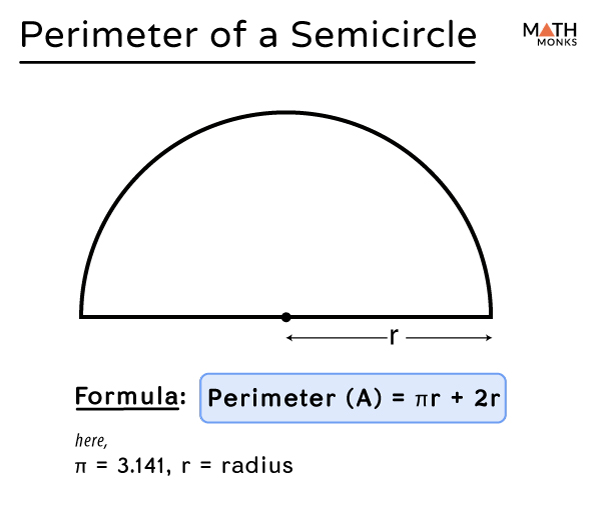
8. Precision in Construction
Accurate perimeter calculations are crucial in the construction and engineering fields. Ensuring precise measurements of semicircular elements is essential for the structural integrity and aesthetic quality of various projects. Here's how semicircle perimeter calculators contribute to precision in construction:
-
Foundation Layouts:
In constructing curved walls or arches, the precise calculation of the perimeter is necessary for laying foundations accurately. A semicircle perimeter calculator helps in determining the exact length needed for materials such as rebar or concrete forms.
-
Material Estimation:
Estimating the right amount of materials is critical to avoid wastage or shortage. By using the formula \( P = \pi r + 2r \), where \( r \) is the radius, construction professionals can calculate the perimeter accurately and ensure the correct amount of materials is ordered.
-
Curved Structures:
For constructing elements like domes, arches, and rounded balconies, knowing the precise perimeter allows for exact cutting and fitting of materials. This ensures that pieces fit perfectly, reducing gaps and overlaps.
-
Project Planning:
Detailed planning and design are facilitated by accurate perimeter measurements. This precision helps in creating realistic blueprints and CAD models, which are essential for the smooth execution of construction projects.
-
Compliance and Safety:
Adhering to building codes and safety standards often requires precise measurements. Using a semicircle perimeter calculator ensures that all dimensions meet regulatory requirements, thus ensuring the safety and legality of the construction.
-
Quality Assurance:
In quality control processes, exact perimeter calculations verify that the constructed elements match the design specifications. This precision helps in maintaining the overall quality and durability of the construction.
By integrating semicircle perimeter calculators into construction practices, professionals can achieve higher accuracy, efficiency, and quality in their projects.
9. Customization and Integration
Semicircle perimeter calculators can be customized and integrated into various platforms, enhancing their utility and user experience. Here are some key aspects to consider:
Customization
- Design and Appearance: The calculator's interface can be tailored to match the visual aesthetics of your website or application. This involves modifying the HTML and CSS to align with your branding and design guidelines.
- Functionality: Additional functionalities can be added, such as unit conversion, detailed error messages, and graphical representations of the semicircle. JavaScript can be used to enhance interactivity and user experience.
- Input Options: Customize input fields to accept different measurement units (e.g., inches, feet, meters) and provide dropdown menus or sliders for ease of use.
Integration
Integrating a semicircle perimeter calculator into your website or application involves several steps:
- Embed Code: The basic calculator can be embedded using an iframe or direct HTML code. This method is simple and quick but may have limitations in customization.
- API Integration: For more advanced integration, use API calls to perform calculations on the server side. This allows for seamless integration into your existing system and enables more complex interactions.
- Responsive Design: Ensure the calculator is mobile-friendly and adapts to various screen sizes. Use responsive web design techniques to make the calculator accessible on all devices.
- Backend Support: Integrate with backend systems to store and retrieve data, providing users with the ability to save and load previous calculations.
Implementation Example
Here is a basic example of how to customize and integrate a semicircle perimeter calculator:
Semicircle Perimeter Calculator
Perimeter (P):
This code snippet provides a simple HTML form for inputting the radius and a JavaScript function to calculate and display the perimeter. This can be further customized with CSS for styling and additional JavaScript for enhanced functionality.
By following these guidelines, you can effectively customize and integrate a semicircle perimeter calculator into your digital platforms, making it a valuable tool for users.
10. Related Calculators and Tools
When working with semicircle perimeter calculators, there are several other related calculators and tools that can be highly useful for various mathematical and construction tasks. Below is a list of some of the most relevant tools and their applications:
- Circle Calculator: Calculate the area, circumference, and other properties of a full circle, which is fundamental when dealing with semicircles.
- Arc Length Calculator: Useful for finding the length of an arc, which is a crucial part of calculating the perimeter of a semicircle.
- Ellipse Calculator: Determine the area, perimeter, and other properties of an ellipse, which can be useful in more complex design and architectural projects.
- Rectangle or Square Calculator: These tools help in calculating the area and perimeter of rectangles and squares, often used in conjunction with circular shapes in design projects.
- Triangle Calculator: Calculate the properties of various types of triangles, which can be helpful in geometric constructions involving semicircles.
- Sector Calculator: This tool helps in finding the area and arc length of a circular sector, which is closely related to semicircles.
- Trapezoid Calculator: Useful for determining the area and perimeter of trapezoids, which can appear in designs involving semicircles.
- Volume and Surface Area Calculators: These are essential for calculating the volume and surface area of 3D shapes, including those that involve semicircular cross-sections.
- Polygon Calculators: Tools for finding the properties of regular and irregular polygons, often used in conjunction with semicircular designs in architecture and landscaping.
- Slope and Distance Calculators: These are used to determine the slope and distance between points, which are important in the placement and alignment of semicircular elements.
These calculators and tools are widely available online and can significantly enhance the precision and efficiency of mathematical, architectural, and construction tasks. Integrating these tools into your workflow can provide comprehensive solutions to complex design challenges.
Video hướng dẫn cách tính chu vi của một nửa hình tròn kết hợp với hình vuông, phù hợp cho các dự án kiến trúc và học tập.
Tìm Chu Vi Của Một Nửa Hình Tròn Kết Hợp Với Hình Vuông!
READ MORE:
Video hướng dẫn chi tiết cách tính chu vi của một nửa hình tròn, phù hợp cho việc học tập và ứng dụng trong các dự án kiến trúc.
Chu Vi Của Một Nửa Hình Tròn





